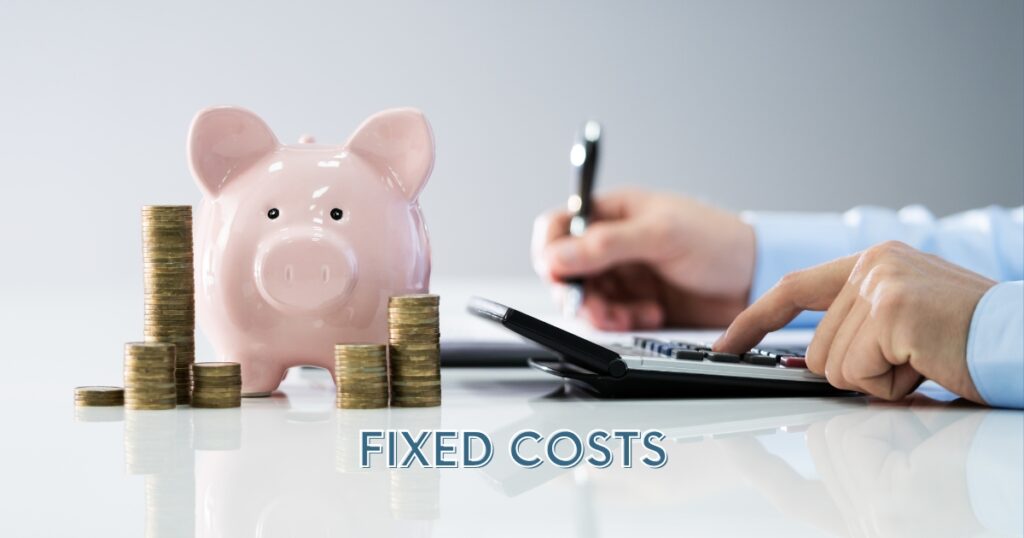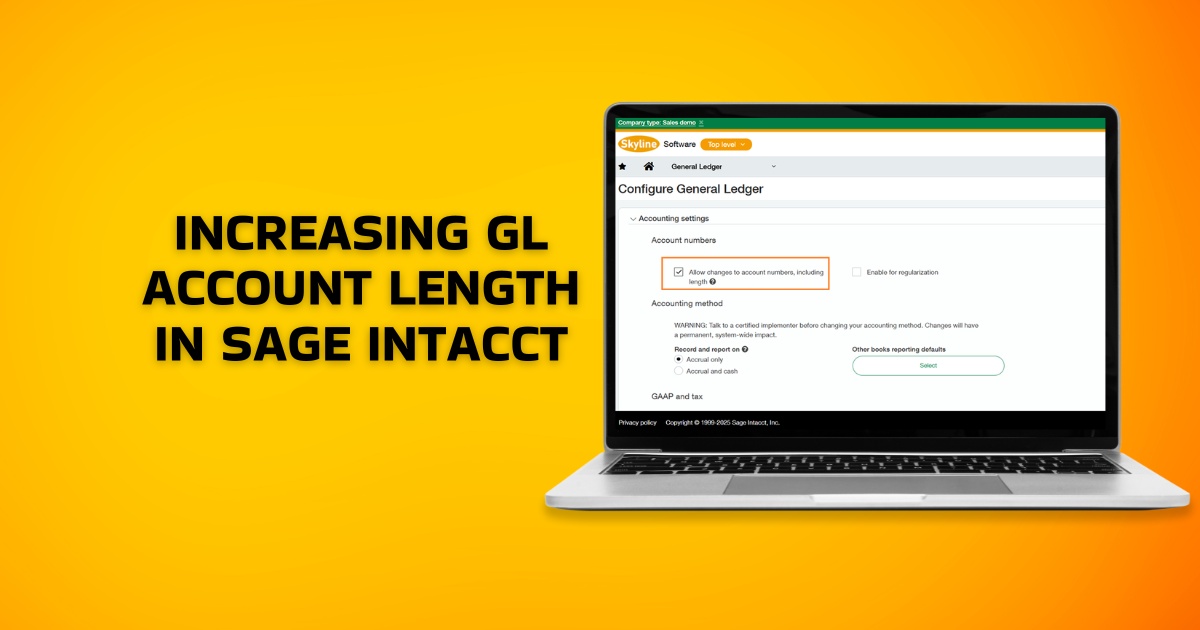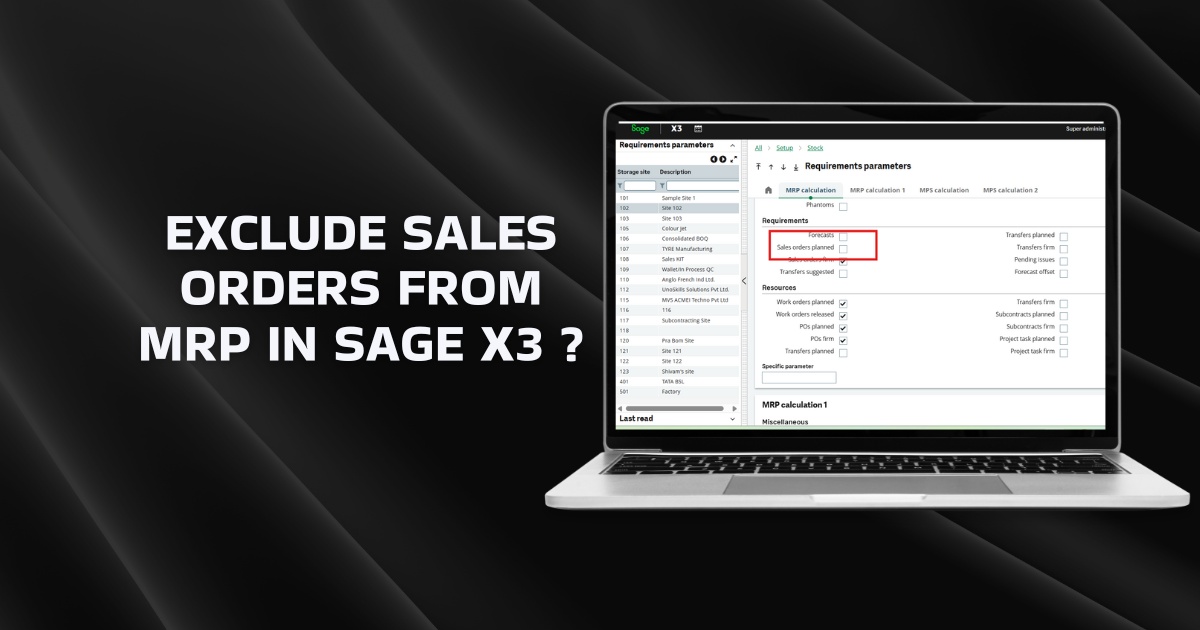Definition: Fixed costs, also known as overhead costs, differ from variable costs which tend to increase if business produces a larger number of units.
What is Fixed Cost?
Fixed costs are business expenses that remain the same no matter how much a business produces or sells. Unlike variable costs, fixed costs are regular expenses, such as monthly rent, asset insurance, salary, property tax and depreciation, that do not fluctuate with an increase or decrease in production output.
- Fixed costs are independent of the day-to-day operations of the company and do not change when production volume changes.
- Essential for financial planning because they are used to calculate return on investments (ROI) for analyzing business performance.
Examples of Fixed Costs
Fixed costs are recurring expenses that have to be paid irrespective of revenue generated. For a manufacturing business, It can range from employee salary, equipment lease, property and asset insurance to loan repayment, depreciation and administration expenses
Here’s a list of common fixed costs examples for a business.
- Rent, lease, or mortgage payments
- Salaries
- Property and asset insurance
- Car lease payment
- Loan repayment
- IT system and server costs
- Depreciation and property tax
- Equipment lease payments
- Software subscriptions
- Admin expenses
- Annual maintenance charges
- Utility bills (partially fixed)
Also Read : Absorption Costing: Pros and Cons
How to Calculate Fixed Cost?
Accurate calculation of fixed costs is crucial for financial management. To determine fixed costs, a business has to follow a three-step process, which includes identification of all business expenses, separating fixed cost components from total expenses, and then adding up all the fixed costs.
Fixed costs are calculated by employing a three-step process :
1. Identify expenses
Prepare a list of all your expenses. Documents such as receipts, bank statements, commercial and employment lease agreements, other contracts etc. have to be analysed carefully.
All expenses have to be converted to a monthly calculation. If the expenses of the business are recurring on an annual basis, then it has to be divided by 12 to get the monthly costs.
2. Identify expenses which are fixed cost
After listing down all the expenses, highlight the costs that remain the same for a long duration unaffected by sales or activity volume. All these expenses are fixed costs.
3. Calculate all the fixed costs
After identifying the fixed costs, it has to be added together and calculated to find out the total sum of the fixed costs. Regardless of the quantity of goods produced or services rendered, these expenses must be paid on a monthly basis, unless they are annual expenditures such as insurance.
Types of Fixed Costs
Fixed costs can be classified into four categories, namely, direct fixed costs, indirect fixed costs, discretionary fixed costs, and committed fixed costs. Having clarity on these costs enables management to optimize its fixed expenses and improve cash flow.
Let’s explore the meaning of each type of fixed cost.
- Direct fixed costs refer to expenses paid for the production of goods and do not fluctuate based on production output. E.g. Salary of a production supervisor dedicated to a specific product line.
- Indirect fixed costs include expenses which are not linked to production, such as rent and administration expenses.
- Committed fixed costs are long-term expenses that a company must pay to keep its plant functional, no matter how much is the production output. Example, long-term lease on production plant.
- Discretionary fixed costs are limited to a specific period when the management decides to conduct a particular activity to meet business goals. For example, a marketing campaign for one month, and employee training for two weeks.
Uncovering Fixed Cost: Total and Average Insights
The Total Fixed costs encompass the gross of all fixed costs that are required to run the business within the given duration(monthly or annually).
Total fixed cost Formula = office warehouse space + website domain + product equipment, etc
The Average fixed cost comes to play when you have to track your company’s fixed costs differently. Average fixed costs refer to the total fixed costs paid by the company and it is divided by the number of units of goods the company is currently producing. This will reveal the fixed cost per unit, giving insight into the total cost a company should pay each time it produces a unit of your product.
Average fixed cost Formula = Total fixed cost/ Total number of units made
Characteristics of Fixed Costs
Nature of Fixed Costs
- Fixed costs are also called fixed expenses, it remains the same for some duration.
- It is usually established in the form of contract agreements or schedules.And the costs remain the same till the contract is completed or revoked.
Types and Classification
- Fixed costs can be classified as either direct or indirect. Direct fixed costs can be easily traced to a specific product or service, while indirect fixed costs are more difficult to trace.
- Fixed costs can be either controllable or uncontrollable. Controllable fixed costs can be managed by the business, while uncontrollable fixed costs are beyond the business’s control.
- For example, employee salary and number of employees can be modified, so these are controllable costs. However, long-term office lease agreement can’t be changed, and are uncontrollable costs.
Financial Statement Impact
- Fixed costs are included in the indirect expenses part of the income statement, which affects the operating profit. Depreciation is a fixed cost which is documented as an indirect expense in the income.
- Fixed costs appearing on the income statement are duly reflected in both the balance sheet and cash flow statement. On the balance sheet, fixed costs can be categorized as either short-term or long-term liabilities.The cash flow statement presents any cash outflows associated with fixed costs as expenses.
Impact on Profitability
- By understanding how fixed costs affect profitability, businesses can make better decisions about pricing, production, and marketing.
By minimizing fixed costs, a company can enhance its profitability by reducing expenses and ultimately improving its bottom line.
Advantages of Fixed Cost
- Unless any major capital adventure is undertaken, the fixed costs remain the same throughout the organisation’s production processes. Assume that you have bought a machine and installed it for your production processes. So a cost is incurred, i.e., a fixed cost and a depreciation value is added to this machine each year. These charges are added regardless of your organisation’s production levels.
- Fixed costs remain the same and will not change even if there are fluctuations in the production volumes.
- Even if there are changes in the production levels, fixed costs do not change. However, each unit of production tends to decrease the value of fixed costs. So more production and sales can be done without any issues.
- When a business produces a certain amount of goods or services within a specific range, the amount it produces and the costs involved usually stay consistent.
- For a particular accounting period, fixed costs tend to decrease the net income of the organisation. It has the capability to decrease tax liability, which will increase cash savings.
Disadvantages of Fixed Cost
- If your company doesn’t produce enough, the cost for each item made goes up, which is a big drawback of fixed costs. So if your business has high fixed costs, a slight decrease in production or sales volume will have an unfavourable outcome on your overall revenue.
- Suppose your business sells multiple products, it becomes very tricky to identify the direct relevance of the products and the fixed costs. To tackle this issue, allocation or apportion is done depending on the profitability of each division. This can lead to inaccurate measurements of financial productivity.
Special Considerations for Fixed Cost
Fixed cost is applied to the business to calculate different key metrics that include an organisation’s breakeven point and operating leverage.
1. Breakeven analysis
A break-even analysis is when you use both fixed and variable costs to find the point where your revenue matches your costs. It’s a crucial part of analyzing your cost structure. An organisation’s breakeven production quantity is computed by the formula given below.
Breakeven Point formula = Fixed Costs / SPPU−VCPU
Where : SPPU = Sales price per unit and VCPU = Variable cost per unit
An organisation has to do a break-even analysis to make better decisions for its fixed and variable costs. The break-even analysis also affects the price a company decides to sell its products for.
2. Operating leverage
So another aspect of cost structure management is operating leverage. The ratio of fixed to variable costs impacts a company’s operating leverage. When fixed costs are higher, it increases the operating leverage. Operating leverage can be computed by using this formula.
Operating leverage formula = Q x (P – V)/ (Q X (P – V)) – F
• where, Q= Number of units
P= Price per unit
V= Variable cost per unit
F= Fixed costs
The higher operating leverage can help organisations produce more profit per additional unit.
The Role of Fixed Costs in Business Operations
Fixed costs are predictable expenses that do not change with production output. Analyzing these costs allows better control on total operational expenses, make budgets and plan business expansion.
- Businesses can make realistic budgets and plan for new financial year by knowing their fixed costs in advance, and manage cash flow for variable expenses.
- Take decisions to plan production capacity and conduct breakeven analysis to understand the return potential of new investments.
- Decision-makers can take corrective measures to adjust their pricing strategies, boost profits and gain a competitive advantage in the market.
- Fixed cost determination enables improved cost control as businesses can analyze and compare the various costs incurred in operating the business.
- When fixed costs are expected to increase, managers can proactively negotiate better raw material prices with vendors, or explore better shipping options.
Conclusion
Finally, fixed costs are an important part of business budgeting and planning. They can be difficult to manage, but they are pivotal for ensuring that a business can operate effectively. By comprehending the different types of fixed costs and how they can be managed, businesses can make better decisions about their financial future. Advanced systems like ERP software can help in managing fixed costs.
Fixed Costs FAQs
1. What Is The Difference Between Fixed Cost And Total Cost?
Total cost is the sum of fixed costs and variable costs. Fixed cost is the sum of all the recurring expenses that don’t change over a period and must be paid whether production output increases or decreases.
2. .What Is Committed Fixed Cost?
Committed fixed costs are those costs that a company has to bear for a long duration to keep its operations running and they cannot be changed easily. For example, long-term lease agreements, depreciation on machinery.







